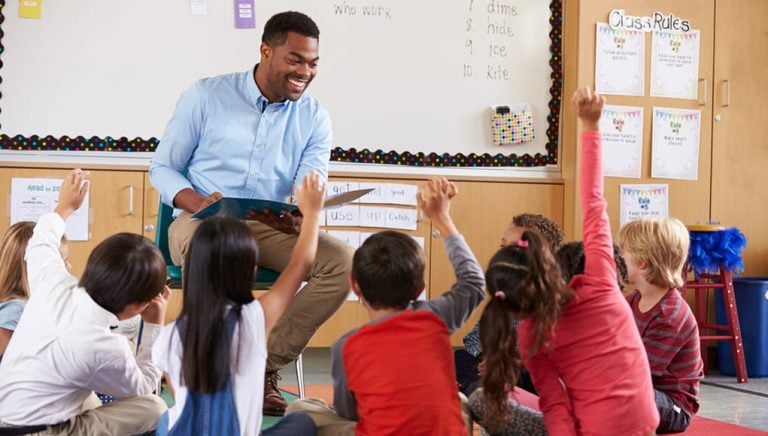Teachers play a vital role in shaping the lives of their students. Everything their teacher does impacts them, from scolding them over their homework to rewarding them for excelling in class. These actions leave lasting impressions, both positive and negative. Some common mistakes teachers make cause long-term damage. In this article, we explore some of the worst things teachers do that negatively affect students, sometimes without their realising it.
1. Being Overly Stern Without Compassion
While it is important to have clear rules and maintain order and discipline in the classroom, leading the class with sternness will create an environment of fear. Students will feel afraid each time they enter the class, which can hinder their educational progress. When they feel safe and supported, their performance is enhanced. Excessive strictness and rigidity also cause students to be anxious and reluctant to participate in class.
2. Trying to Be Friends Instead of a Mentor
While being friendly and approachable is a good thing, befriending students can cause issues. It can lead to favouritism and loss of authority, and it can also cause ethical problems. When teachers blur this boundary, it is difficult to re-establish the difference and regain authority. Teachers should aim to be approachable and form good, professional relationships with their students while providing guidance and mentorship.

3. Stopping Lessons Over Minor Disruptions
Disruptions are inevitable in classrooms, but how teachers handle them leaves a huge impact. Teachers who stop lessons to address small incidents that will interfere with the learning process. Additionally, confronting students about rule-breaking behaviours in front of the entire class can escalate the issue. While you can correct them and request them to settle down in class, it is best to address the issue privately, particularly after the class ends.
4. Using Humiliation as a Teaching Tactic
Students suffer greatly when teachers humiliate them in public. Whether it is ridiculing or shaming them, students often lose confidence. Some students also experience anxiety after being mocked, laughed at, and belittled by teachers when they say something incorrect. Rather than using humiliation to teach children a lesson, it is best to approach them with patience, understanding, and care. This helps to maintain their motivation to learn.

5. Yelling as a Primary Discipline Method
Classrooms can become chaotic with loud students and walking around. In such instances, it may be necessary for teachers to raise their voices to regain control. However, teachers who yell at students consistently when disciplining them create a hostile environment. Students may become stressed and reluctant to participate. They may also harbour resentment and break the rules more in retaliation for the harsh treatment.
6. Letting Students Dictate the Classroom Rules
Allowing students to share their thoughts and opinions on matters encourages engagement and helps them feel heard and valued. However, allowing students to dictate what happens in class will disrupt the structure and undermine authority. For instance, allowing their opinions to dictate when quizzes should be conducted or when deadlines should be extended fosters entitlement. It is always important to remain in control of the classroom. Teachers can consider their students’ opinions and firmly make decisions based on what is in their best interest.
7. Showing Favouritism
While it is natural for teachers to connect with some students, showing favouritism can foster an environment of resentment. It can cause division in the classroom as some students will feel unimportant. Some teachers do this unintentionally when they constantly call on the same students or show them more leniency than others. Teachers should always aim to treat all children fairly and equally, ensuring that the same rule applies to everyone. They all deserve equal encouragement and attention in class.

